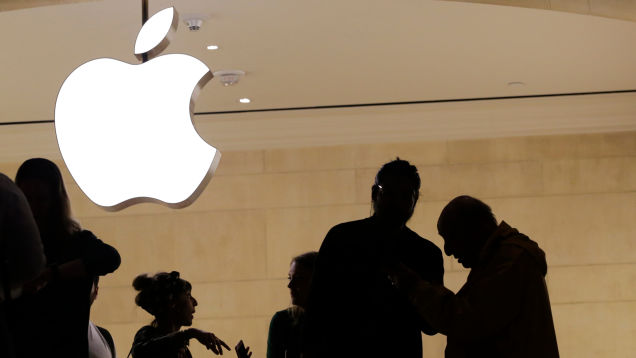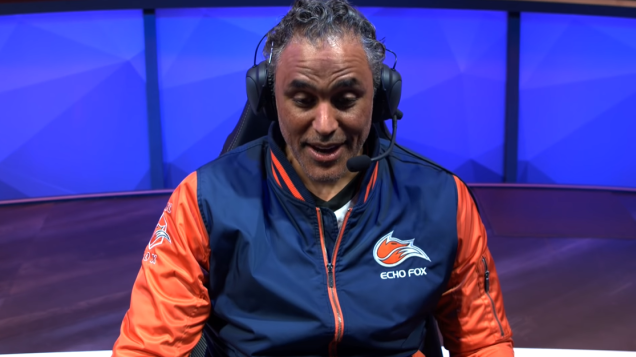An anonymous reader quotes a report from Ars Technica: AT&T is eliminating the DirecTV Now brand name it uses for its struggling Internet-based TV service. DirecTV Now will become “AT&T TV Now” later this summer, AT&T announced today. DirecTV Now (the future “AT&T TV Now”) offers a bundle of linear TV channels, similar to traditional cable or satellite services, and AT&T said its core offering won’t be changed. AT&T’s 2015 purchase of DirecTV, the nation’s largest satellite TV network, doesn’t seem to be paying off as AT&T hoped. AT&T launched DirecTV Now — a stripped-down, online-only version of DirecTV — in 2016, and it was immediately plagued by multiple outages, unexpected blackouts of live local sports games, and missing channels.
While the technical problems got sorted out, AT&T’s subscriber gains were short-lived. As we wrote last week, AT&T lost 946,000 TV subscribers in Q2 2019 after announcing a series of price increases. The 946,000-subscriber loss consisted of a net loss of 778,000 subscribers in AT&T’s DirecTV satellite and U-verse wireline TV services, as well as 168,000 lost subscribers to DirecTV Now. The losses are much bigger when you look at the past year instead of just the past three months. Including all three services, AT&T’s total number of video subscribers dropped from 25.4 million in Q2 2018 to 22.9 million in Q2 2019. DirecTV Now subscribers dropped from 1.8 million to 1.3 million in the past year. The report notes that the satellite TV service will still keep the DirecTV name, at least for the time being. AT&T said the actual DirecTV Now service will remain the same despite the name change. “Our DirecTV Now subscribers will simply need to re-accept the terms of service and their streaming will continue as usual without interruption,” AT&T said.
Read more of this story at Slashdot.
![]()
Source: Slashdot – AT&T Kills DirecTV Now Brand Name As TV Subscribers Leave In Droves












